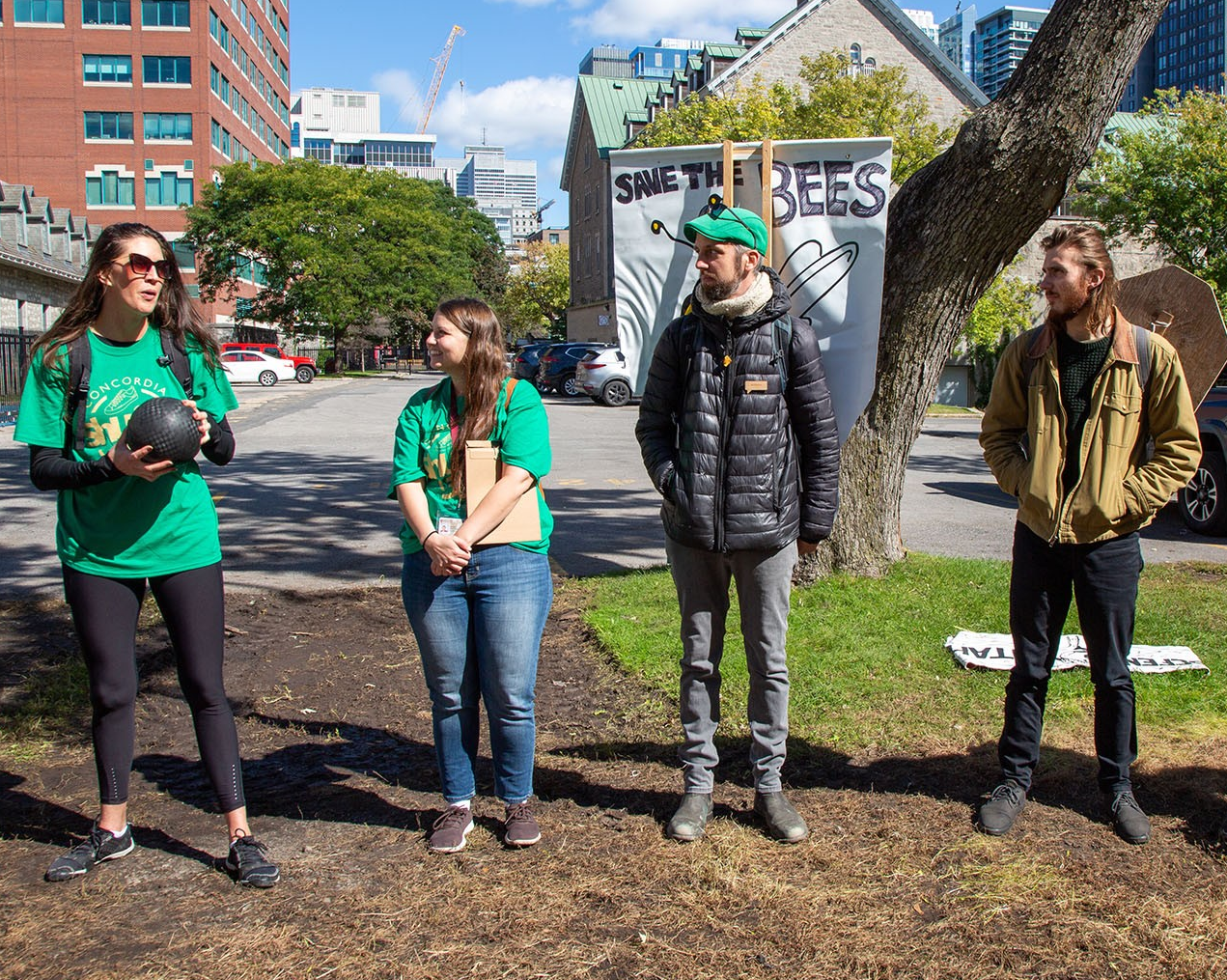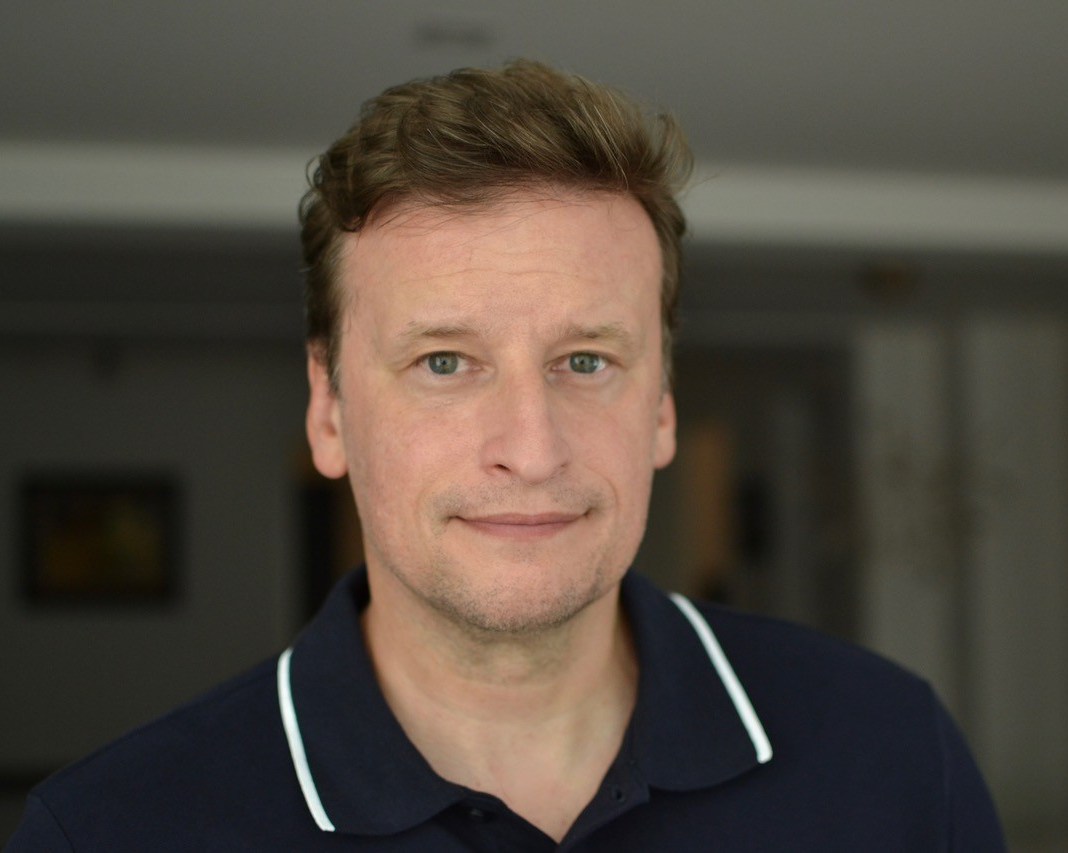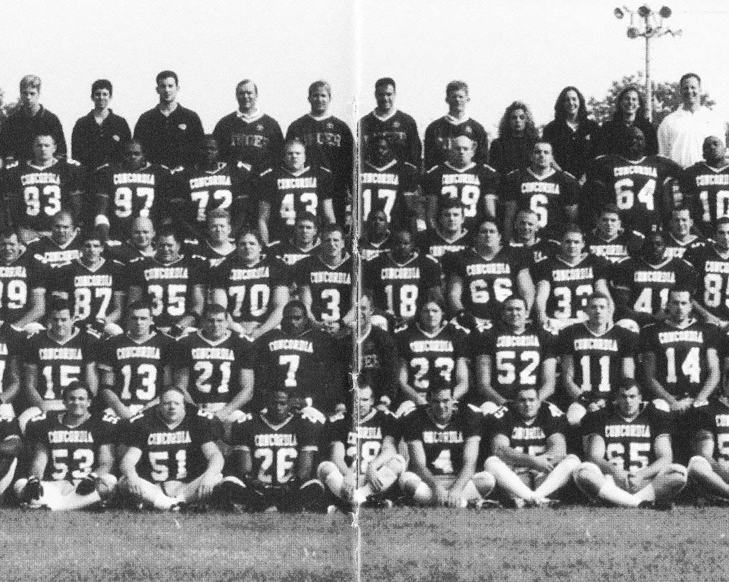‘Engineering is a fascinating field where science, art and imagination intersect’
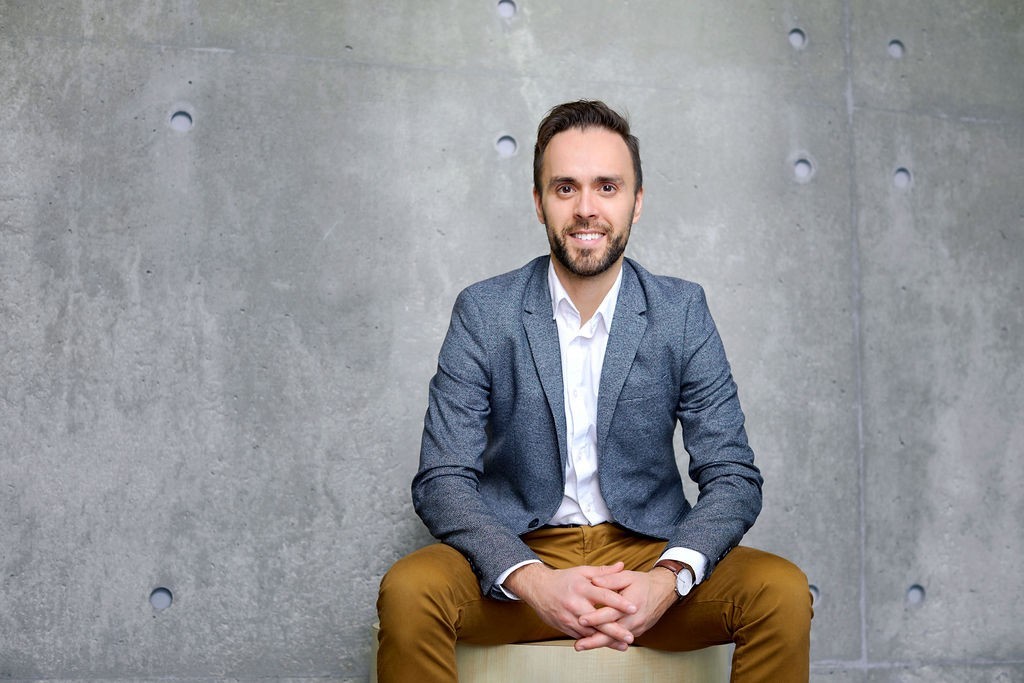 Étienne Cantin-Bellemare, BEng 10, is the lead designer and engineer on Montreal’s Darwin bridges. | Photo: Thierry du Bois
Étienne Cantin-Bellemare, BEng 10, is the lead designer and engineer on Montreal’s Darwin bridges. | Photo: Thierry du Bois
Though he was always curious about bridges — how they cross a body of water, or how they support the weight of vehicles — Étienne Cantin-Bellemare’s, BEng 10, path to becoming an expert in the structures was shaped by artistic inclination.
“From a young age, I was always interested in creation,” says the engineer and lead designer of the Darwin bridges on Montreal’s Nuns’ Island.
As a kid, Cantin-Bellemare studied the drums — a passion he still pursues today — and says his father, who was a painter and dentist, likely influenced him. “Engineering is a fascinating field where science, art and imagination intersect.”
His current project for the City of Montreal is a case in point: the twin structures are partly made using recycled glass — approximately 70,000 wine bottles were used to replace an equivalent of 1,340 bags of cement to build the Darwin bridges.
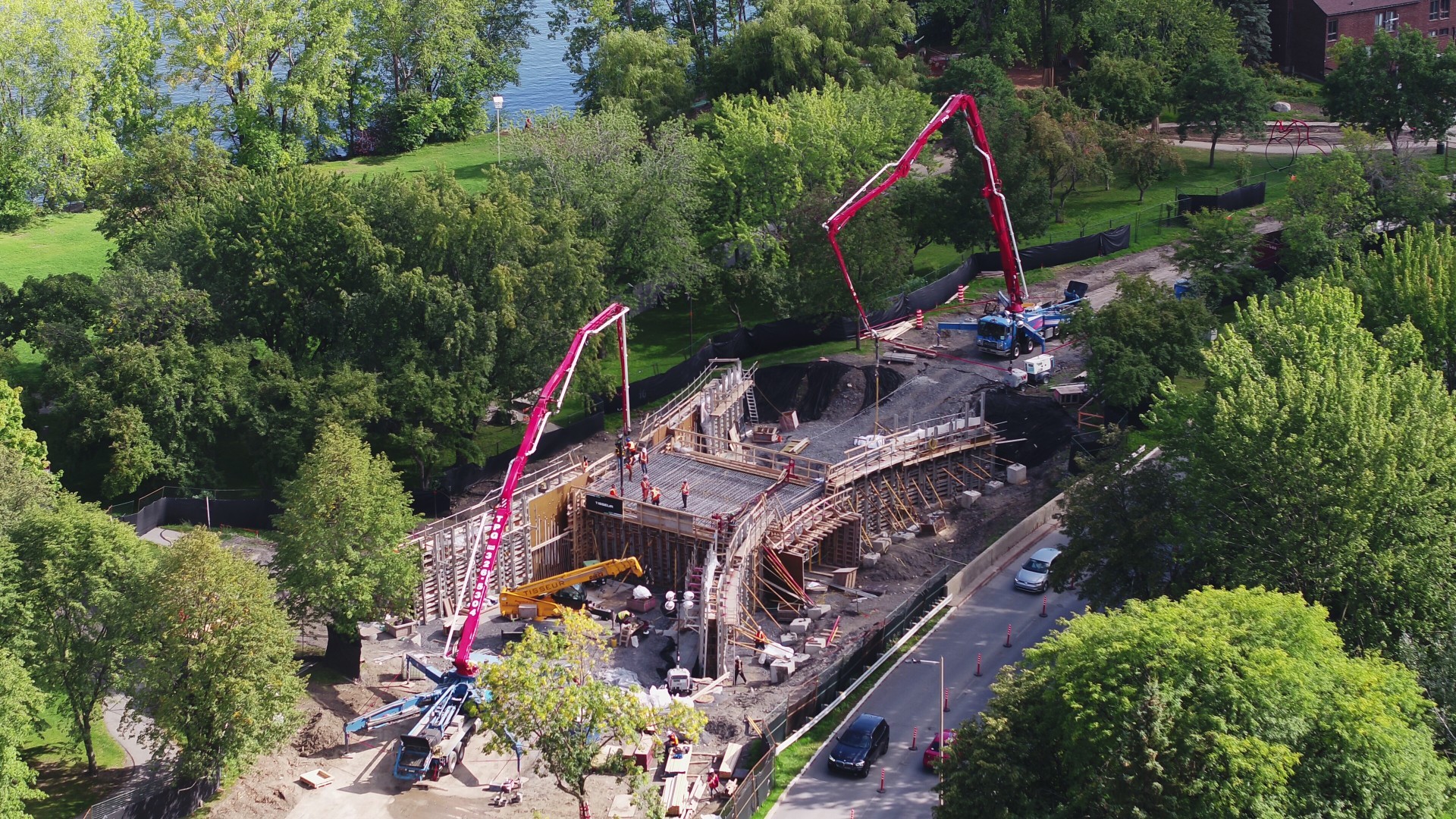 Construction of the northbound Darwin bridge in September 2020. | Photo: Les Services EXP
Construction of the northbound Darwin bridge in September 2020. | Photo: Les Services EXP
According to the Gina Cody School of Engineering and Computer Science grad, replacing 10 per cent of the cement used in bridges with glass powder goes great lengths. Cement production consumes a lot of energy and is a big polluter. Not only does the glass powder sourced from recycled bottles make the concrete more durable, it also reduces the environmental footprint of carbon dioxide by 40 tonnes — which would be the same as driving a car for 200,000 kilometres, he says.
The use of glass powder in bridge design is a first — not just in Montreal, but also in the world — according to the City of Montreal and the Société des alcools du Québec (SAQ), which has been funding research on glass recovery since 2004.
‘Concordia’s Building Engineering program is unique in North America’
Cantin-Bellemare had his first taste for building and design as an intern at Genivar, now WSP, through Concordia’s Institute for Co-operative Education. He then worked there for three years following graduation, before joining the City of Montreal, where his team is now responsible for 300 bridges, 60 pedestrian footbridges and tunnel-retaining walls.
The engineer is grateful for his experience at his alma mater for helping him on his career path. “Concordia’s Building Engineering program is unique in North America: it is civil engineering that integrates architecture,” he says. “The program allowed me to develop my artistic sense.”
In his first year as an engineering student, Cantin-Bellemare pursued another passion of his. He bought a damaged sailboat and spent three years refurbishing it when he needed a break from studying. “In retrospect, I was putting into practice the engineering concepts I learned in the classroom, such as structure, materials and fluid mechanics,” he says. “I was fortunate to have exceptional teachers who transmitted their passion to me.”
Giving back
Currently on hold over the winter, the second Darwin bridge will be completed in fall 2021. In the meantime, Cantin-Bellemare keeps busy through his involvement in Engineers in Action at McGill University. His volunteer work there led him to Eswatini, Africa, where he supervised and designed suspended pedestrian bridges in 2019 and 2020, and will be working on another this year. He has additionally mentored Concordia students with their end-of-program projects since 2017, and in 2020 was a judge for the 35th edition of Concordia’s Troitsky Bridge Competition.
“I am greatly indebted to Concordia,” confides Cantin-Bellemare. “I am happy to be able to give back to students. Anyone who gives their time will know that you get out of it as much as you give.”
Know a Concordia grad with an interesting story? We’d love to hear it. Email us at magazine@concordia.ca.

